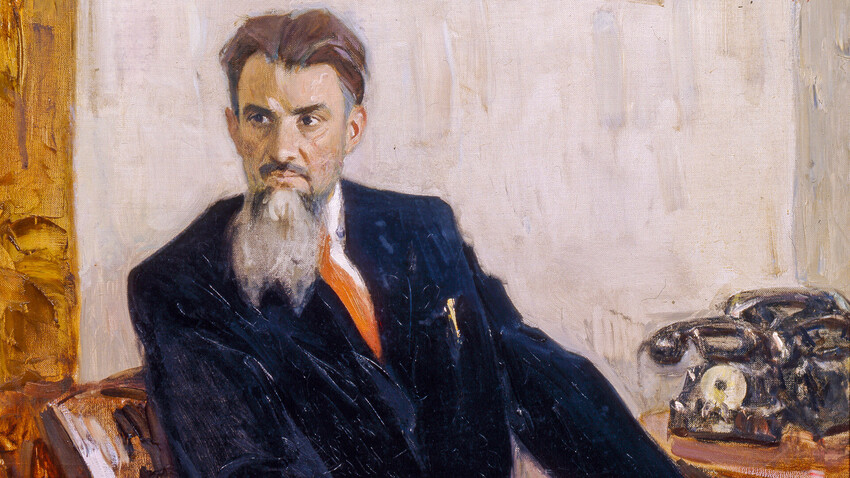
On July 24, 1945, at the Potsdam Conference, U.S. President Harry Truman informed Joseph Stalin that the United States had developed "superweapons never before seen". The Soviet leader reacted with restraint. Truman and British Prime Minister Winston Churchill were surprised by this reaction: they thought that Stalin did not understand what it was about. But, he already knew everything — 12 days after the assembly of the atomic bomb in the United States, its description was already doing the rounds in Moscow.
The Soviet Union was also developing nuclear weapons, but World War II forced a reassessment of priorities. Nevertheless, after a conversation with Truman, Stalin instructed the Soviets to speed up the process of developing Soviet nuclear weapons. The Soviets regained parity on August 29, 1949. The atomic project was led by Igor Kurchatov.
What was the legendary physicist and the "father" of the USSR atomic bomb like?
In 1932, the scientist was one of the first in the USSR to study atomic nucleus physics. Five years later, a team including Kurchatov created Europe's first cyclotron. The invention was launched at the Leningrad Radium Institute. In 1945, the facility produced the first Soviet preparation of plutonium in pulsed quantities — the key element of the atomic bomb.
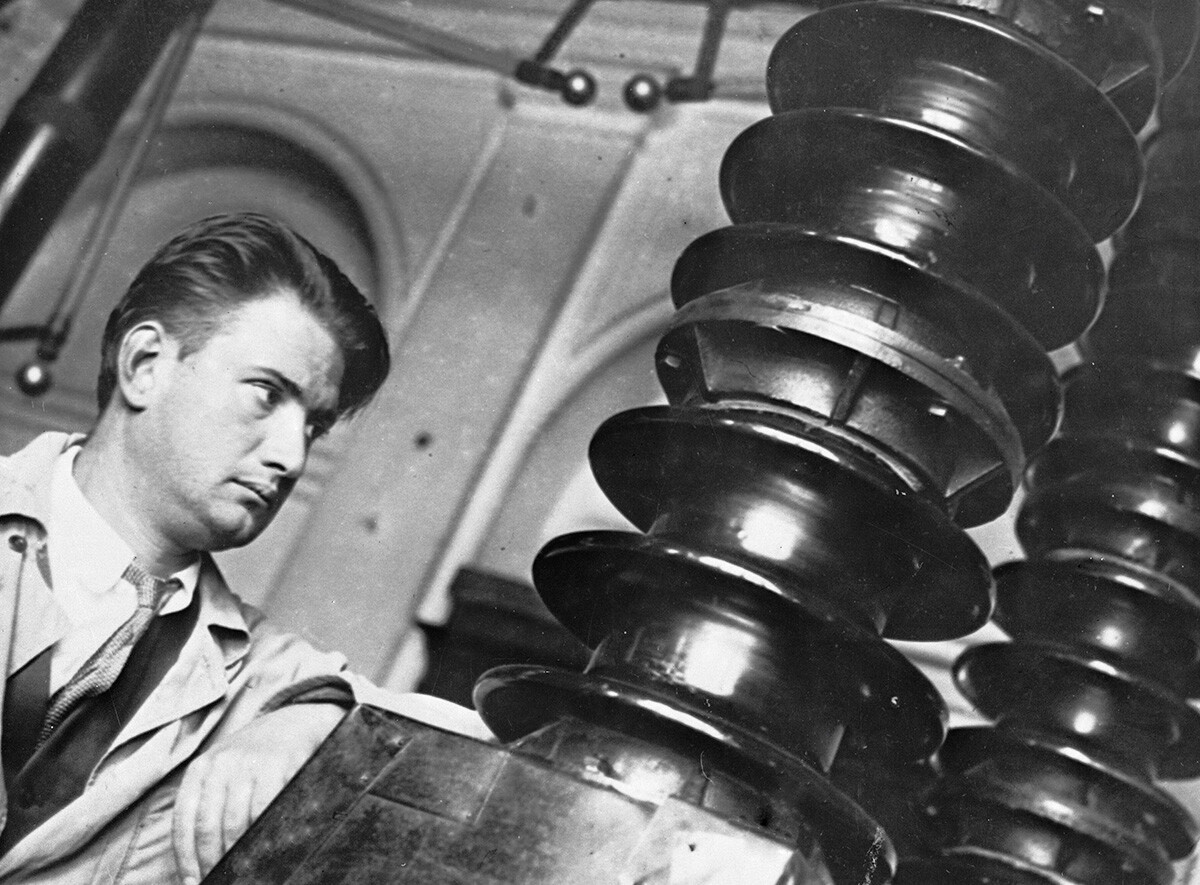
In 1941, the scientist was engaged in the development of demagnetization of warships. The system created by Kurchatov and his colleague Anatoly Alexandrov was installed on hundreds of ships. It protected the Black Sea Fleet from German magnetic mines. For this work, Kurchatov was awarded the ‘Stalin Prize’ in 1942 — at that time, the highest award of the country. In the same year, the physicist headed the armor laboratory for the creation of materials to protect aircraft and tanks.
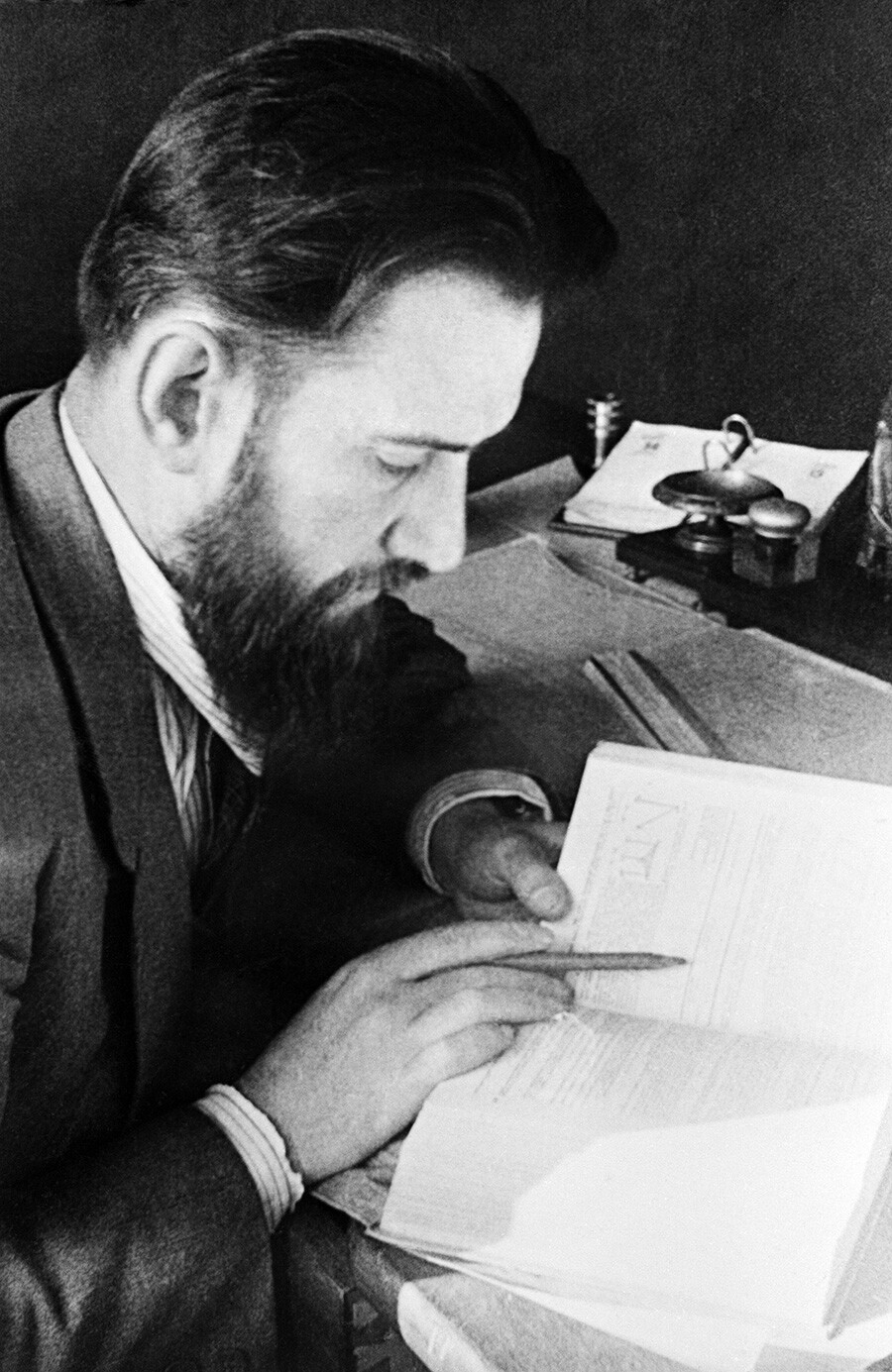
On September 28, 1942, a month and a half after the start of the Manhattan Project, the USSR began work on uranium and, in February 1943, began to create their own atomic bomb. The specially created Laboratory № 2 of the USSR Academy of Sciences, the future Kurchatov Institute, was headed by Kurchatov. To create the bomb, it was necessary to establish the production of nuclear fuel — uranium and plutonium.
Two plants were built in the Urals in a short period of time. Kurchatov personally supervised the work of Combine № 817 in Ozersk (now Mayak), where, in 1948, the first industrial weapons-grade nuclear reactor in Europe was launched. By 1949, enough plutonium had been produced there to test the first Soviet nuclear bomb, RDS-1. It took place on August 29, 1949, at the Semipalatinsk test site in the Kazakh SSR.
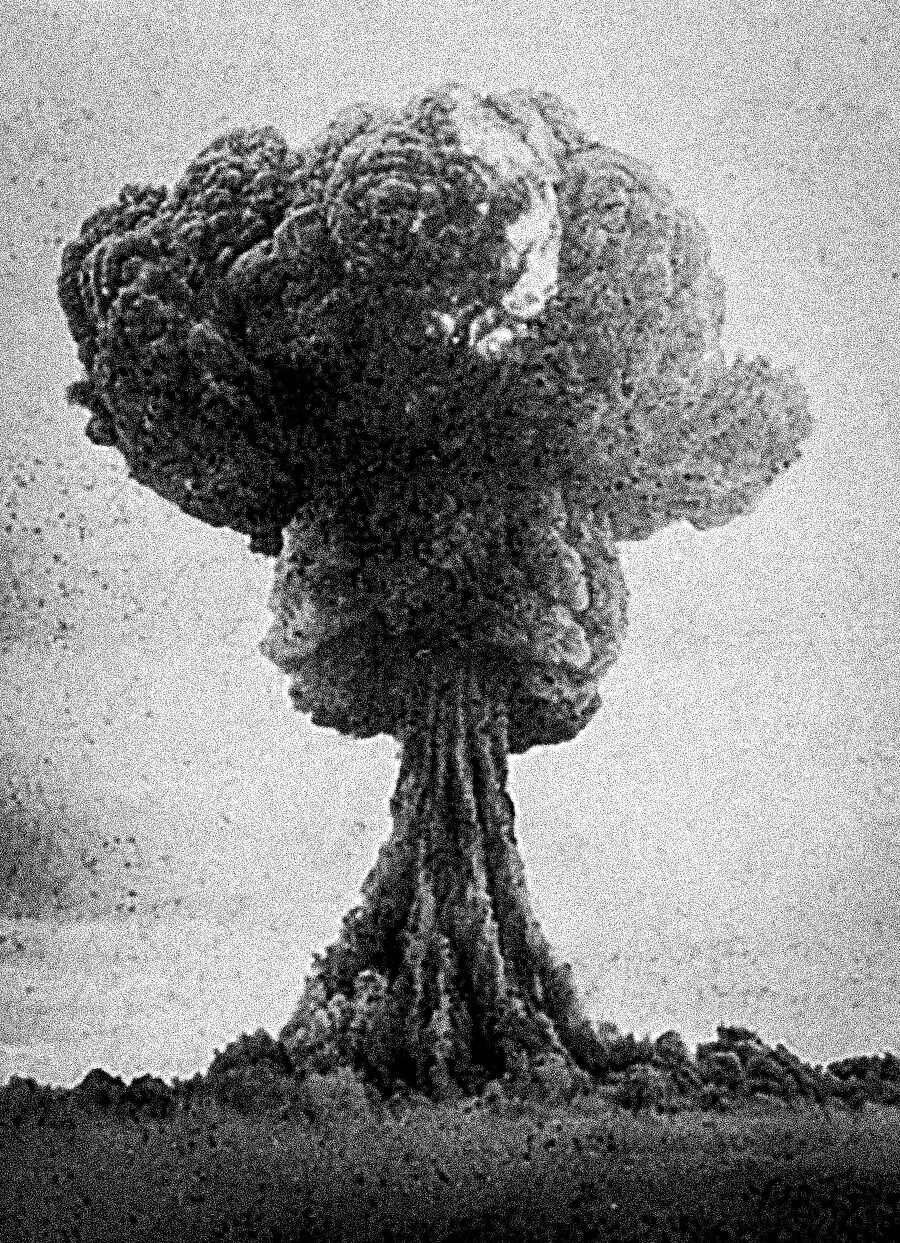
The All-Russian Scientific Research Institute of Experimental Physics (VNIIEF)
In parallel with the RDS-1, the Kurchatov team developed the RDS-2 bomb, which was twice as light and powerful. It was tested in 1951. Ten years later, under his leadership, a thermonuclear (hydrogen) aircraft bomb A602, nicknamed ‘Tsar Bomba’, — the strongest explosive device in the history of mankind — was developed: it was 20 times more powerful than the atomic bombs dropped on Hiroshima and Nagasaki by the U.S.
In addition to weapons of mass destruction, the scientist was engaged in research on atomic energy for peaceful purposes. The result of his work was the launch of the world's first nuclear power plant — Obninsk NPP — in 1954 in Kaluga Region.
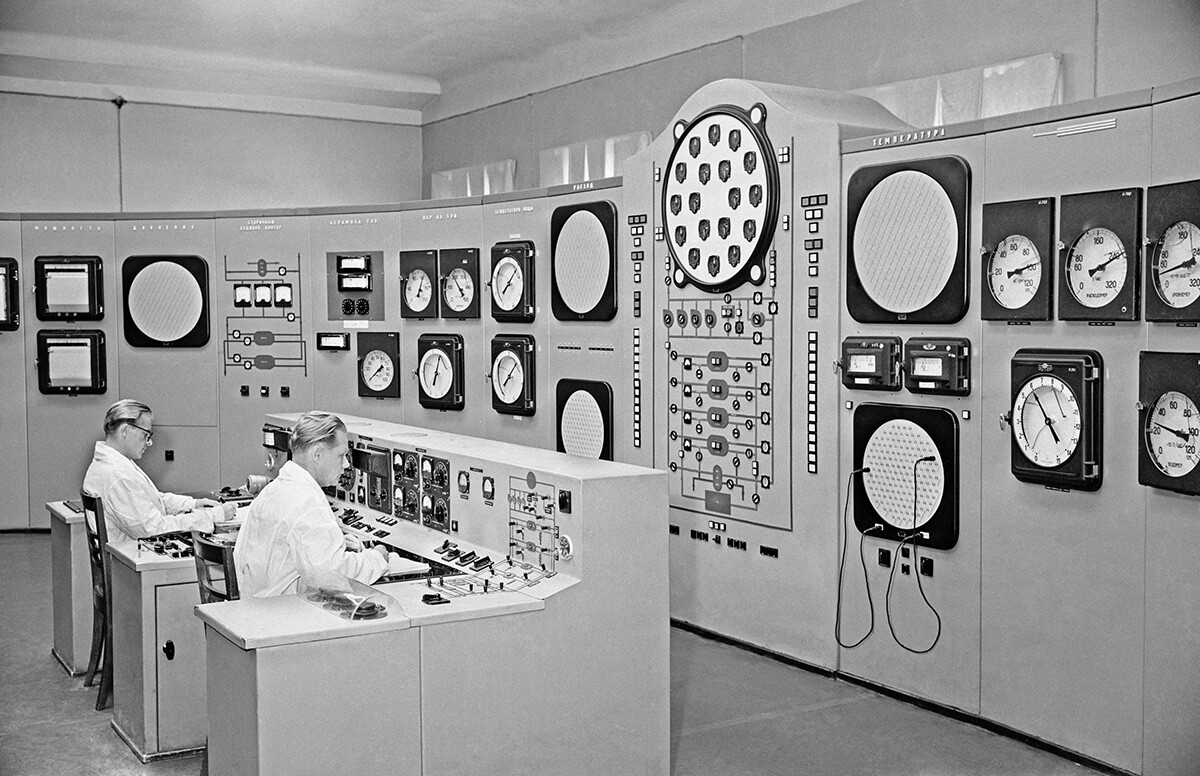
Another merit of Kurchatov is the appearance of the USSR’s first (and the third in the world) nuclear submarine, the K-3 ‘Leninsky Komsomol’. In 1952, the scientist and his colleagues convinced Stalin to use a nuclear power plant to power the submarine. Its laying took place in 1955 and, three years later, the vessel was handed over to the navy for experimental operation. And, in 1959, the USSR successfully built ‘Lenin’, the world's first nuclear-powered icebreaker: the project was supervised by Kurchatov's associate Anatoly Alexandrov.
Kurchatov was not only an outstanding scientist, but also a charismatic leader with an excellent sense of humor. According to eyewitnesses' memories, in 1942, the physicist's nickname ‘Beard’ stuck: Kurchatov said that he would not shave "until the [creation of the] first Russian atomic bomb". However, he never fulfilled his promise and continued to sport a beard.
In 1960, Anatoly Alexandrov joked with him and presented him in a festive atmosphere with a huge razor, a large basin 60 cm in diameter and soap. But Kurchatov decided to strike back. He set up so that, at one of the gala dinners, the host of the evening handed the joker a package signed "To: Academician Aleksandrov. Apply immediately!", which contained a wig. Alexandrov, who had recently shaved his head bald, had to obey and pass the entire evening in the wig.
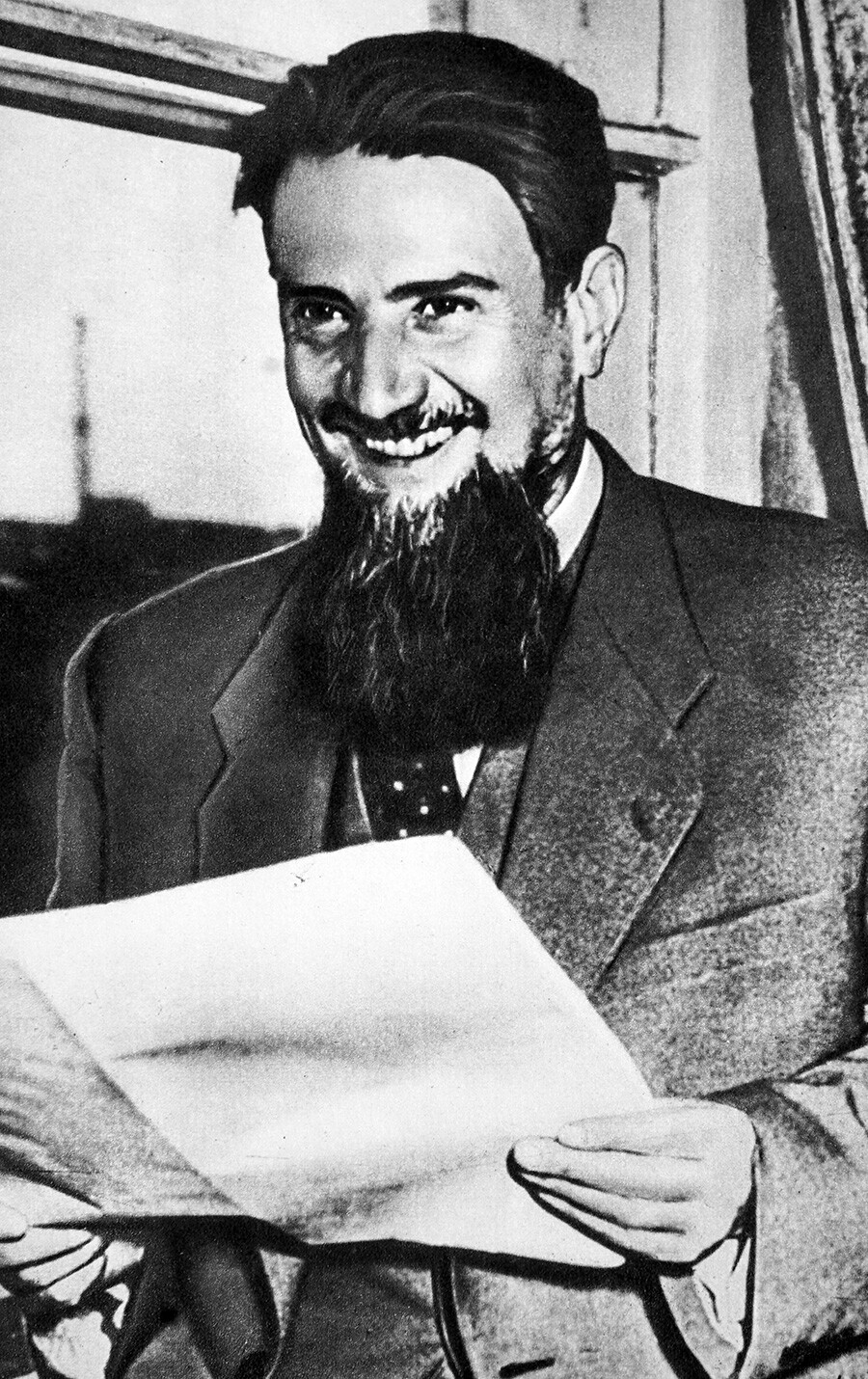
And once, after a much-delayed scientific meeting, Kurchatov asked his guard to get champagne corks and place them in the coat pockets of his colleagues. "Let the wives suspect what their husbands do at night," he joked.
Dear readers,
Our website and social media accounts are under threat of being restricted or banned, due to the current circumstances. So, to keep up with our latest content, simply do the following:
If using any of Russia Beyond's content, partly or in full, always provide an active hyperlink to the original material.
Subscribe
to our newsletter!
Get the week's best stories straight to your inbox